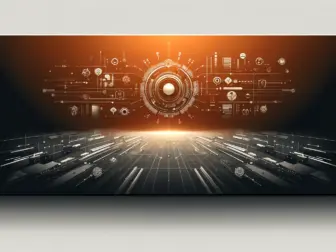Tag - 5G Technology
Blog, Edge Computing and Data Analytics , September 21, 2024 , 5G Technology, cloud-native, community development, ecosystem, Edge AI, Edge Computing, future prospects, iot, KubeEdge
Exploring the Future of Communication with 5G Technology
As technology rapidly advances, the introduction of 5G technology has sparked a revolution in the way we communicate and connect with each other. 5G, short for fifth generation, is the latest iteration of cellular technology that promises faster speeds, lower latency, and increased capacity.
One of the key benefits of 5G technology is its incredible speed. With speeds up to 100 times faster than 4G, users can download movies in seconds, stream high-definition videos without buffering, and experience seamless connectivity for all their devices. This ultra-fast speed opens up a world of possibilities for streaming services, online gaming, virtual reality, and more.
In addition to speed, 5G technology also boasts lower latency, which is the time it takes for data to travel from one point to another. With 5G, latency is expected to be as low as 1 millisecond, significantly reducing delays in communication. This low latency is crucial for applications like autonomous vehicles, remote surgery, and real-time virtual reality experiences.
Furthermore, 5G technology offers increased capacity, allowing for more devices to connect to the network simultaneously without sacrificing performance. This means that the Internet of Things (IoT) devices, such as smart appliances, wearables, and sensors, can operate more efficiently and reliably on a 5G network.
The deployment of 5G technology is not without its challenges. One of the main concerns is the need for a massive infrastructure overhaul to support the new technology. This includes upgrading existing cell towers, installing new small cells, and laying down fiber optic cables to handle the increased data traffic. Additionally, there are concerns about the potential health effects of exposure to radiofrequency radiation from 5G networks, although studies have shown minimal risks.
Despite these challenges, the potential benefits of 5G technology are immense. From revolutionizing industries like healthcare, transportation, and entertainment to enabling new technologies like augmented reality, artificial intelligence, and edge computing, 5G has the power to transform the way we live and work.
In conclusion, 5G technology represents a significant leap forward in communication technology, offering unprecedented speed, lower latency, and increased capacity. While there are challenges to overcome, the potential benefits of 5G are vast and promising. As we continue to explore the possibilities of 5G technology, we are poised to enter a new era of connectivity and innovation.
